|
Hello all: No words of wisdom from me. I think by now we are all tired of hunkering down. Some get to spend extra time with their horses, while others aren't even allowed into the barn. Hopefully this will pass sooner rather than later and we can get back to riding, shows, clinics and all the fun things we like to do with our horses. In the meantime - here are my favorite stay fit tips. For strong abs - the vacuum stomach exercise - start with 5 to 10 seconds rather than the 20 seconds as shown in the video And my favorite YouTube channel for working out - MadFit I am linking here to a warm-up video - but check out her channel. I love that there are low impact workout, no equipment workouts and they are reasonable in length. Have fun with it. I recently had the opportunity to attend a “New Test” clinic to learn about the brand new USDF/USEF dressage tests for 2019.
The clinic was organized by the Pikes Peak chapter of the Rocky Mountain Dressage Society. Our instructor extraordinaire was Janet Foy, a FEI 5 * judge. She will judge dressage at the next Olympics. We truly were treated to insights and comments of the highest level. The riders showed us every test at the level, starting at Training level and ending with Fourth level. Janet had both great tips for the riders, as well as instructions on what kind of mark certain “sins” would deserve. I therefore will separate each level into ideas for competitors and comments for judges. Some comments apply to all levels, Janet just made them at a certain level. Training level For the competitor: Most horses are on the bit at training level however it is not required, acceptance of the bit is enough (but it won’t get you a high score). Your biggest key is accuracy. Make sure you understand the placement of the 20 m circles and how to ride the 3-loop serpentine in Test 3. Be clear about where any of the movements begin and end. 3 - 4 walk steps into the halt on centerline are OK; do not move or wiggle your behind in the halt as it will often unbalance the horse; try to have equal weight on your seat bones into the halt; when you pick up the reins after free walk pick up the inside rein first and think about almost leg yielding towards the outside rein => prevents stiffening For the judge: We are looking for steady tempo and correct basics. If they canter out of the halt it is a “5”. When judging a stretchy circle think about how high the neck was before they started (i.e. horses with a high-set neck can stretch down a lot less then horses with a low-set neck). When judging free walk, judge 50% legs 50% top line. First level For the competitor: If you keep a slight shoulder-fore into the halt on centerline you will have better suppleness. It is important to show a clear down transition from lengthening. Think about a slight shoulder-in before the half circle 10 meters in Test 1. On the diagonal the horse’s shoulders should touch the letter that they leave and the one they arrive at. For the canter depart in Test 2 at the end of the diagonal (movement 15) – do it right at the letter. Don’t go past F and start it on the long side or in the corner. Ride it in the spot where a flying change would be. On the stretchy circle - the inside rein shows the way down and keeps the bend, the outside rein controls the shoulder. Get as much done as possible before the new movement starts = prepare, prepare, prepare. For the judge: For the change of lead through the trot in Test 3 we want to see 3 to 5 steps with the front legs Second level For the competitor: The halt just needs to be settled, but you don’t have to hold it for 3 seconds yet. In counter canter the hind legs should be on the rail so it's slight renvers feeling. For the half-turns on the haunches in Test 2 and 3 – center the turns onto the quarter-lines, that gives you plenty of time to set them up and they have a nice balance. For the judge: If I am relaxed as I watch them perform then there is enough collection, if the horse is shown above the level of balance then it looks like they are struggling. In the rein-back count the back steps of the front legs 3rd level For the competitor: In half-pass it is important to go to the exact letter, you don’t get brownie points for arriving sooner. Start the half-pass with a little shoulder-in. In your canter extension uphill is more important than power. How to ride the shoulder-in to renvers (Test 2): From your shoulder-in before E or B increase angle to 4 tracks and then change the bend into the renvers, rather than trying to go directly from shoulder-in into the renvers. You need to feel your extension in the collection and vice versa. For the judge: If a hindleg is resting in the halt, it can't be more than a “6”. Extended walk must have contact and needs to show overstep. When we add length (extended vs medium vs collected) we take away height. When trying to decide between a “7” and an “8” in gaits, if the horse shows more freedom in extensions use this to go up. Turn on the haunches: if against the outside leg and thinking backwards it is a “4”. 4th level For the competitor: For your canter entry use a little shoulder-fore to stay supple, then use your very collected canter before X and into the halt; the halt should feel like snow floating to the ground. For an expressive depart practice going to medium trot from the halt. Half-pass has the most bend, shoulder-in has medium bend, voltes have the least bend in body when you compare those three. A counter change of hand means two half-passes in a different direction, a zigzag is considered three half passes or more in different directions (important when designing a freestyle). If you are showing walk on the straight line that judges see from the front keep the pole high. In the half-pirouette think about the strides like pieces of a pie and make them the same size. When doing the three flying changes in Test 1 put the middle change right over X. When thinking about creating a freestyle: Lengthenings and extensions always look better towards the judge. For the judge: What to do if the rider has forgotten a movement and already left the arena? The movement needs to be judged with an average score. What to do if the rider has forgotten a movement, done the final salute and the judge realizes that the movement is missing? Have the rider execute the missing movement, score it and in addition give an error for that movement. I recently came across this video that gives some excellent information about saddle fit and the elements that need to be considered. Please note that I do not endorse any particular saddle or saddle fitter with this blog - but I do want to raise awareness. Also - Jochen mentions that the gullet needs be wide enough for the horse, which is completely true. However be careful of gullets that are too wide as they can be destabilizing. Saddle fit is both art and science and my best advice is to spend time with a dedicated and well trained saddle fitter. Here are some excellent supporting articles.
When it comes to holding a show, you have three fundamental options:
1. A completely unrecognized show = schooling show. 2. A RMDS recognized show = run under USEF Level 1 competition rules. 3. A fully recognized show = run under USEF Level 1 competition rules or higher. A list of specific requirements for the different levels can be found in the USEF rulebook in the Dressage division. A chart for levels 1-5 can be found on pages 541-544, DR126. https://www.usef.org/forms-pubs/F3p8pgrWgAo/dr-dressage-division Lately several people have asked how to hold a RMDS show RMDS has listed the requirements right here - http://rmds.org/uploads/Organization/StandingRules.pdf A quick summary:
When in doubt or not stated in the RMDS rules, RMDS will default to USEF rules. Therefore it is a good idea to familiarize yourself with the Dressage rulebook and also the General rulebook. They are available on the USEF website at www.USEF.org. Facility needs A facility that has a dressage arena and a warm-up arena. You can hold your show either in an indoor or outdoor. Your arena should either fit a dressage ring or measure 20 x 60 meters. If you are close to the correct size, you can ask for an exception. You also need to have a dedicated lunging area. A judge’s stand (which in a pinch could be a pickup truck or the back of a horse trailer) ideally is placed back 5 meters from the arena. Your stand cannot be inside the arena if that will make it too short. Letter should be placed 0.5 meters back from the arena or on the kickboards or wall of an indoor arena if the arena width is 20 meters. Parking for horse trailers, spectators and helpers. You also need a restroom. If your bathroom in the barn can’t handle the crowd then rent portable restrooms. Personnel needs You need a manager and secretary. They can be the same person if very experienced, though I highly recommend you have two people for this. If you have never been a show manager or show secretary before then you should hire those. This is in addition to the judge, TD and EMT that you must hire for your show. Another prerequisite for your show: a few good volunteers. A scribe for the judge, a runner that will bring tests to the show office to be scored, a warm-up steward to help riders get to the arena in a timely manner and a bit and equipment checker to check the riders and horses once they have completed their test. It is also quite helpful to have office help that can double check the scoring and help with checking in riders, posting scores, etc. Equipment and materials needed Arenas should be freshly groomed at the start of the day and then dragged again during the lunch break. If you anticipate a dry day you should also have an option to water the arenas during lunch. 2-way radios for all show personnel are great. It is the fastest and easiest way to communicate (cell phones sometimes don’t work well in remote areas); they are not required. Office equipment – computer, software (highly recommended), printer, tests (need to be labeled or hand written with horse/rider information), pens, lots of clipboards (legal size clipboard recommended for the tests), a place to post day-sheet (order of go) and scores. Pillows and possibly blankets for judge and scribe, cooler for judge’s box (with some water and snacks), paperweights, Kleenex, bug spray, sunscreen for judge and scribe. Have extra for your runners, warm-up stewards and bit checkers. Ribbons – you can order them online from Hodges Badges or other suppliers. You can also order bridle tags from Hodges. Decide how far you wish to place your classes (e.g. ribbons to 4th place, 5th place, 6th place). You can also offer first place prizes and high-point awards. Competitors appreciate getting prizes in addition to their ribbons. Timelines, advertising and other considerations It is best to plan for a show at least 6 months to a year out. If you know that your facility can fulfill all requirements, then check the show schedule on the RMDS website and see where your show might fit best. Also consider weather if you are planning an early or late show in the season. For a RMDS show it is your choice if you wish to offer food on the premises. You need to have food for your officials and volunteers if you run for a full day. Providing coffee and donuts or some free snacks makes for a nicer environment and your competitors are more likely to attend one of your future shows. If you are planning on selling your own food, make sure you are not in violation of any food safety laws. Contract judges, TDs, EMTs early, some of them book a year out. Hire a manager/secretary if you cannot run the show yourself – again, they tend to book early. Order your ribbons early (they charge rush fees if you get close to a show date). A full day will be about 40 rides, a very full day will be around 60 rides. When you offer different divisions (Junior/YR, Adult Amateur, Open) you need a lot more 1st and 2nd place ribbons than you need 3rd and below. Contact me if you are unsure on how many ribbons you should order. Create a prize list and consider advertising in the RMDS omnibus. Check out prize lists from other RMDS shows as samples. Your prize list needs to be accessible (e.g. on your website). Get your show on the RMDS calendar and start getting the word out on Facebook, Twitter, your website and all other online places that allow you to promote your show. It also helps to do a direct email – either via your personal list or to the RMDS membership via an email blast. When you create your day-sheets make sure you have breaks in the schedule. There are USEF rules that pertain to scheduling. You can find them in rulebook at www.USEF.org. Here are some tips on how I schedule: I normally put the first 10 to 15-minute break after about 90 minutes from the start time, then 45 to 60 minutes for lunch and another 10 to 15-minute break in the afternoon if the show runs for a full day. It is also a good idea to “pad” your schedule, that means I will start the next class 1 to 2 minutes later after every 6 to 8 rides. In other words, if by your calculations the class should start at 11:05 am, I might start it at 11:07 am. That gives a little extra time for incidents like off course riders, or the judge needing more time for comments. Overall it will keep you on schedule and make your riders happy. Why to hold a RMDS show Holding a show at your barn might be a great benefit for your boarders as they don’t have to travel to a show. It also can give your barn community a boost with everyone getting involved. Shows can be a great marketing and promotion tool for your barn and resident trainers. And finally: a well-run and well attended show will make you money. So, go ahead, be brave and hold your very own RMDS show. Piaffe and why one cannot use a whip to create it |
SimoneFinding new and better ways to ride and teach. Archives
April 2020
Categories |
||||||||||||||||||||||||
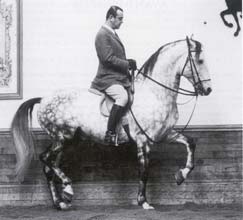
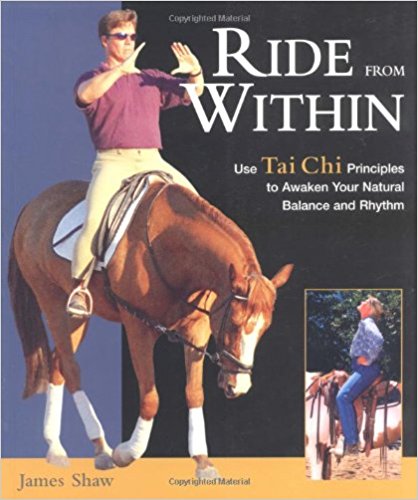
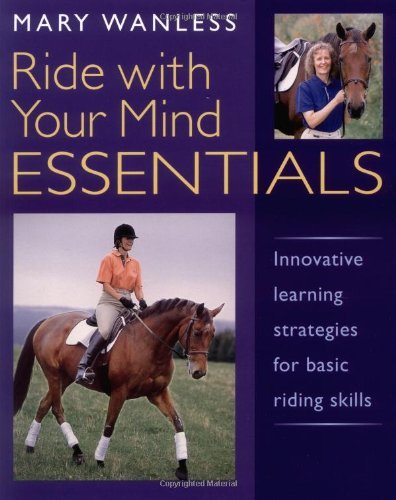
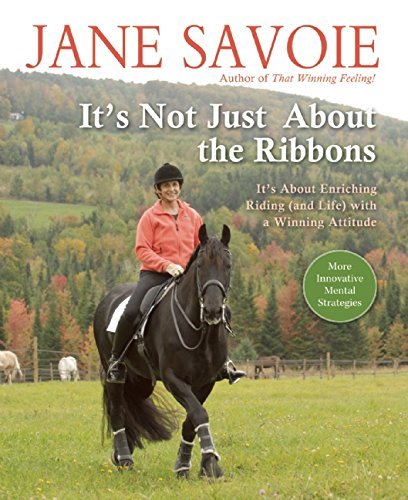
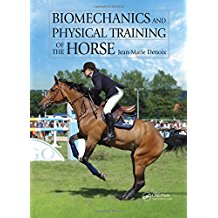
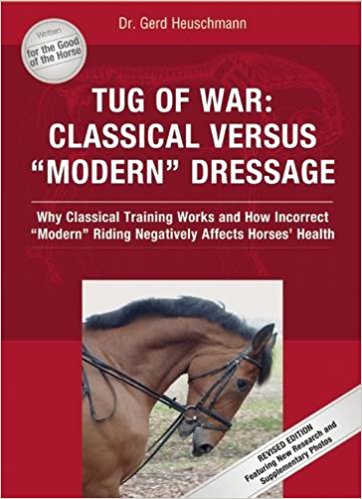
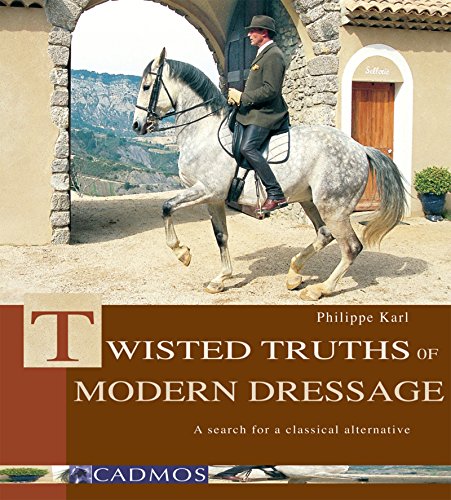
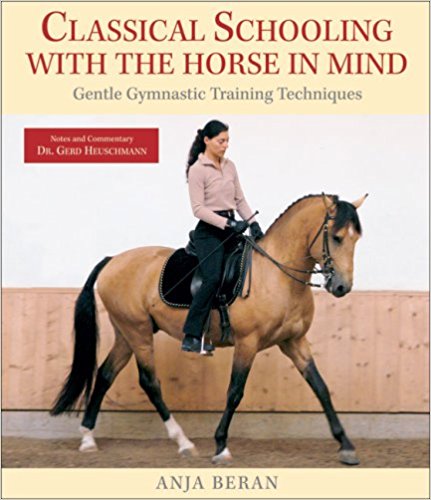
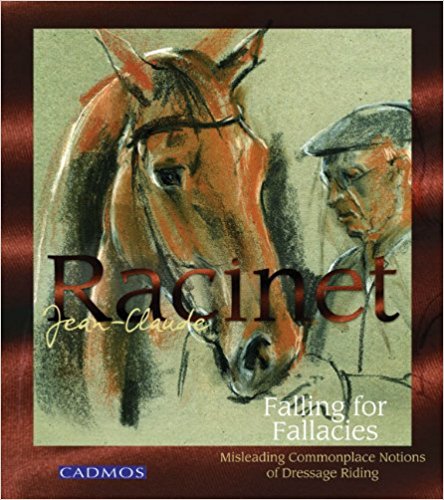
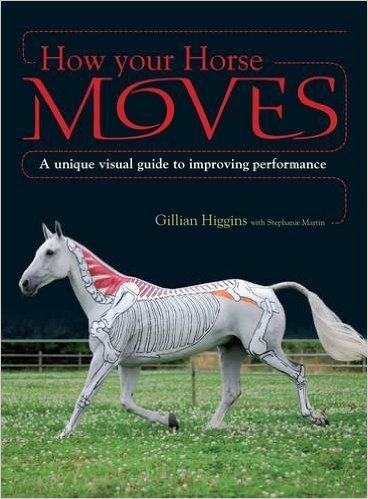
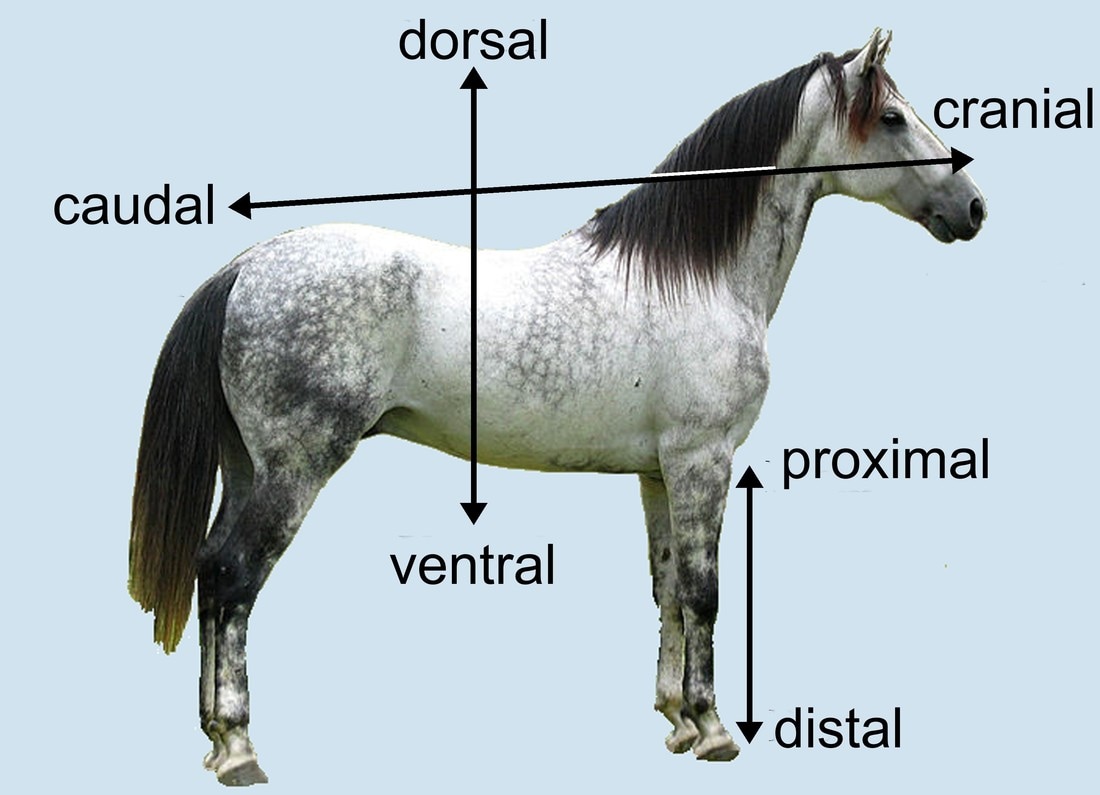
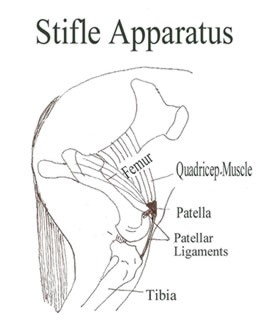
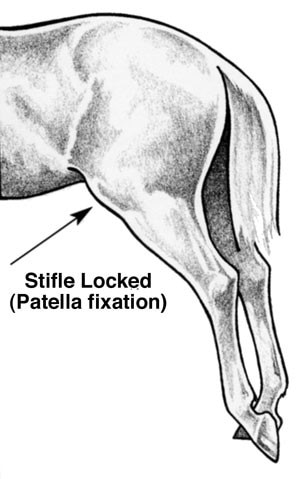
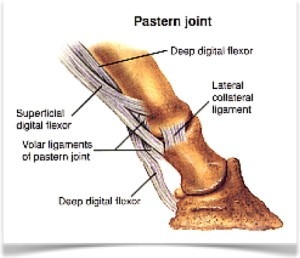
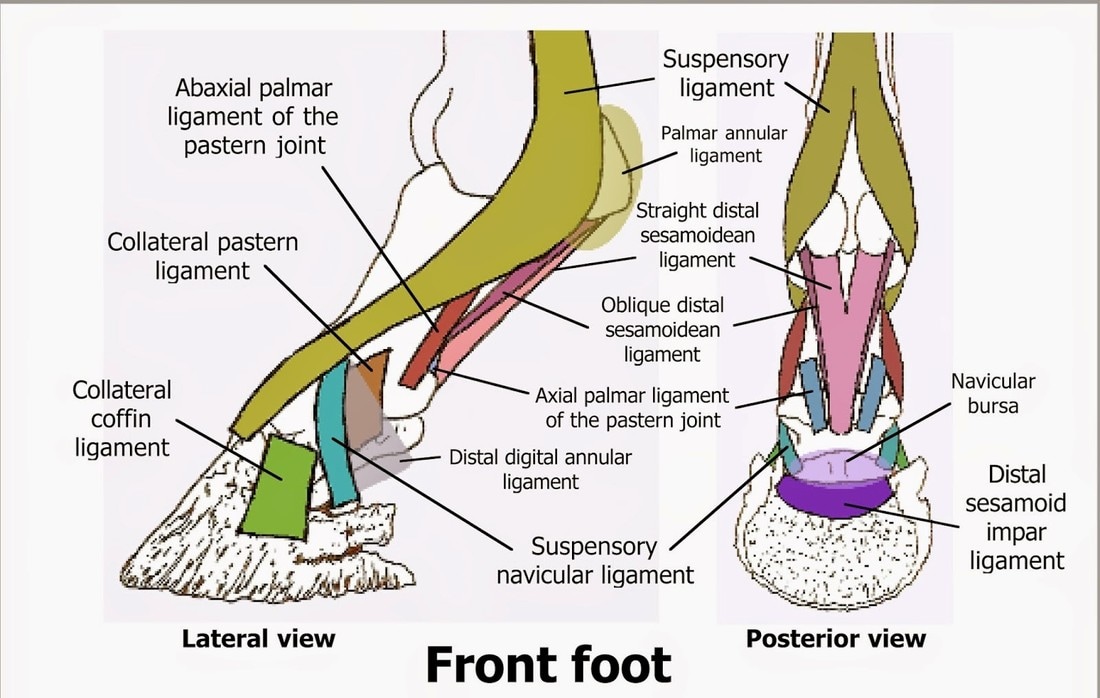
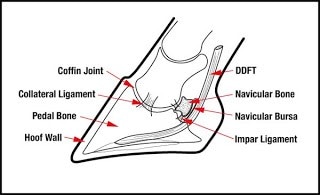
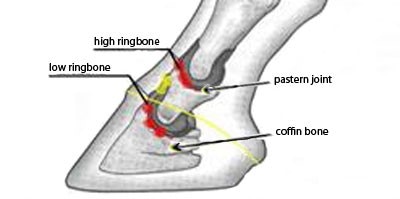
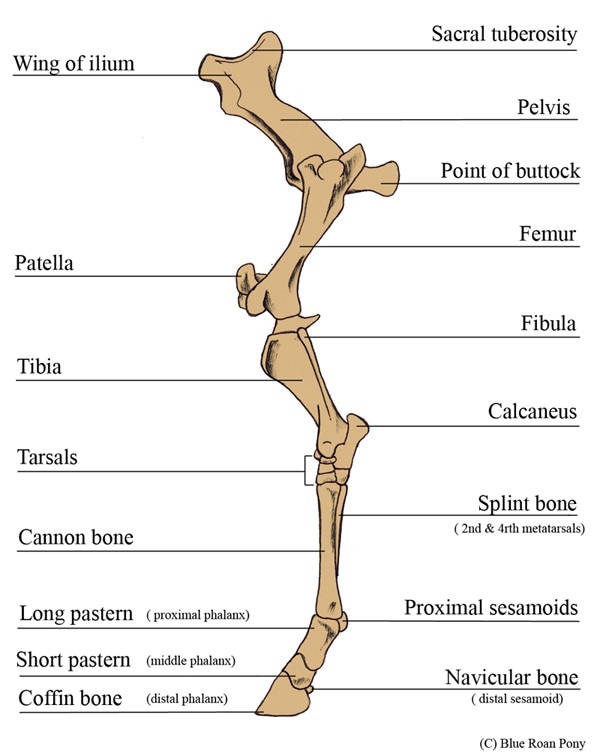
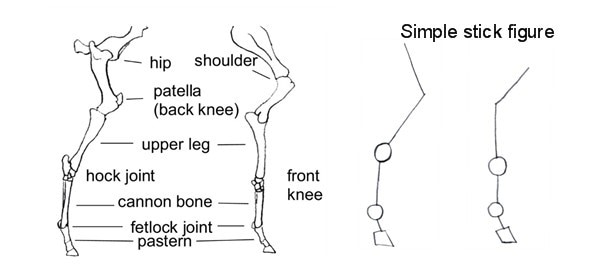
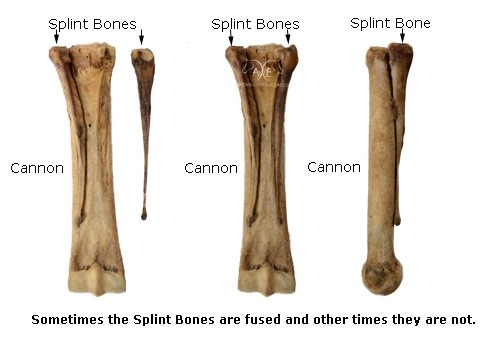
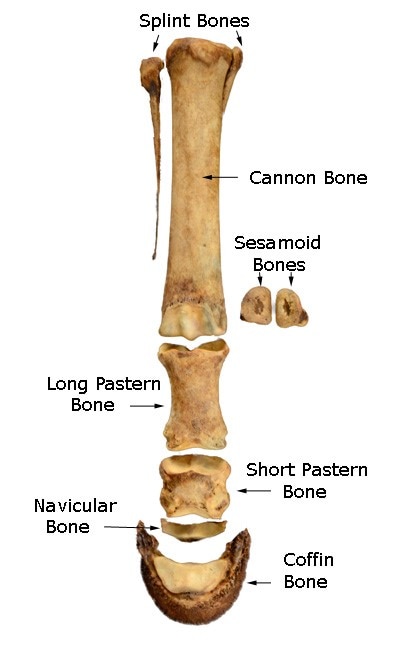
 RSS Feed
RSS Feed